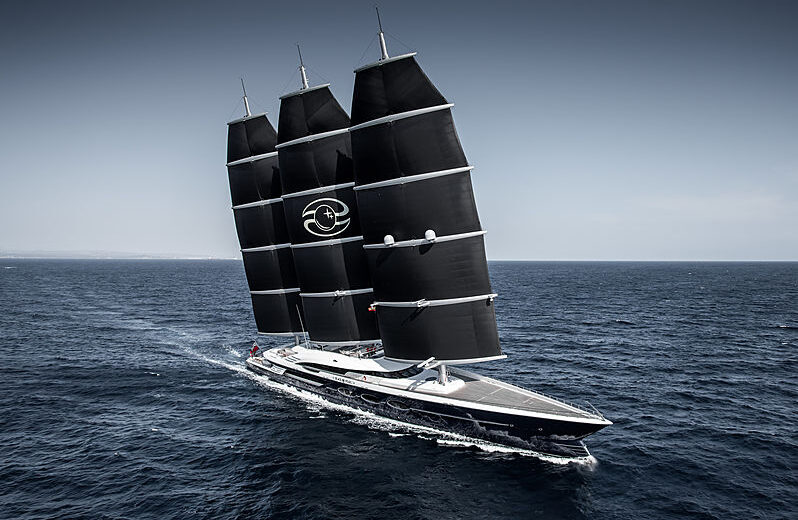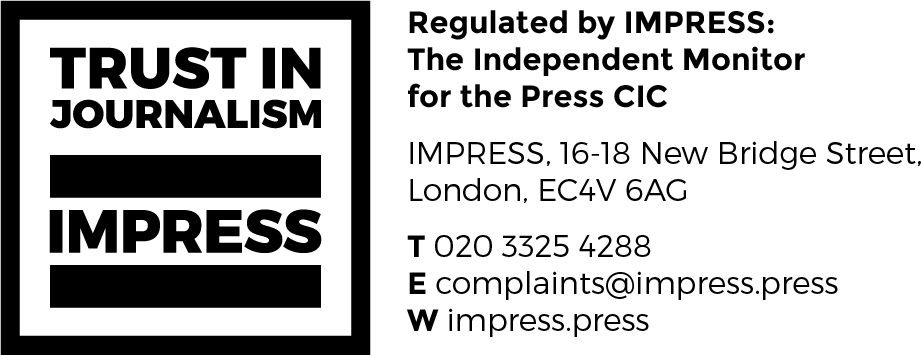Flagship: Rock down to Electric Avenue

Eddy Grant named his famous song Electric Avenue after the first market street to be lit completely by electricity in the south London district of Brixton. Now, nearly 40 years on from the hit song’s 1983 release, superyachting is beginning to rock down an electric avenue all of its own.
In the face of ever-growing concerns about our impact on the environment, the shrines to luxury which have traditionally defined the wider world’s perspective of superyachting are becoming a thing of the past. New owners have new priorities and top of the list for many is sustainability.
Certainly, for many buyers the topic of sustainability is vitally and increasing important and this is probably reflects the general direction of society, Simon Brealey, principal engineer, Lateral Naval Architects told Superyacht Investor (SYI).
Lateral has developed numerous sustainable designs such as MY Bravo Eugenia, SY Black Pearl and zero carbon yachting solution MY Aqua. All share a common mantra around sustainability and increased use of modern, electrical technology.
Brealey said: “Connected to sustainability, one of the biggest and most tangible trends we have seen is that, despite a few exceptions, the maximum speed of yachts is dropping.” This is a very positive development, according to Brealey, as for many years a large proportion of yachts, built for speed, actually operate very inefficiently at low speeds lugging large machinery that was seldom used to its full potential.
Demand for diesel-electric
The yachts that Brealey sees being developed today are concentrating on being highly manoeuvrable with design centred around “good seakeeping”. The machinery and propulsion system is now focussed on innovative compact arrangements, complete reliability, ultra-low noise and constant high efficiency. “For these reasons we increasingly see demand for diesel-electric yachts with podded propulsion implementing advanced energy storage and efficiency solutions,” added Brealey.
As an industry we are only taking the first few steps down our electric avenue but the potential is there for all to see. Brealey told SYI that the use of electric components to power and propel superyachts enables a variety of other technologies and techniques to be used, many of which have potential to make yachts more efficient and ultimately even in the future zero carbon.
“At least in the short term, there are always likely to be some yachts which will be best suited to direct diesel propulsion. But we would certainly recommend that all future yachts consider the possibilities of an all-electric architecture as the benefits can be significant,” added Brealey.
The most eco-friendly form of propulsion has been employed in the maritime world for millennia, wind and sail. The aforementioned SY Black Pearl, through the use of modern rigging and sailing systems, demonstrates a highly efficient and sustainable sailing superyacht’s potential, but this won’t be for everyone, said Brealey.
Zero carbon fuels are the future
Instead, Lateral considers it likely that zero carbon fuels will become the future of yachting. “We see great potential for the use of green hydrogen and other green hydrogen-based fuels. Previously we have developed Project Aqua; a 100% green liquid hydrogen powered yacht. Whilst the use of hydrogen does still pose technical challenges, the technology used on board Aqua is available to the market and many are working to ensure that the safety requirements are understood such that a shipyard can contract to build a yacht like Aqua.”
The barrier to most zero carbon fuels is the infrastructure and development required to produce and distribute these fuels at a scale to suit both yachting and wider industry. Brealey said there are many government-led schemes across the world and proposals which will bring more fuel to the market such that by 2025 – 2030 we will start to see a credible supply of zero carbon fuels.
Brealey added: “Superyachting is also perhaps uniquely placed to self-fund parts of its own hydrogen infrastructure, which could both allow zero carbon yachting and also accelerate the development of other hydrogen-based shipping.”
Head of Jet & Yacht Finance, BNP Paribas, Olivier Blanchet told SYI: “To make a long story short, hybrid [most commonly diesel-electric] propulsion will become the market leader in the next five years, but I don’t believe that a full electric yacht will appear soon due to technology contraints i.e batteries storage and weight.”
On hydrogen, Blanchet said there is some research into the element, but we are still far behind finding something workable for yachts in his opinion. “Let’s see in 10 years. The main challenge these days is to optimise the gross tonnage of the yacht and fuel efficiency.”
Boyd Taylor, executive director, Serenity Yachts, told SYI that the electrification of yachting is inevitable. “Electric yachting is the future, indisputably. Countries all over the world are already restricting access of diesel vessels to certain areas. Not only is electric yachting better for the planet, it is also more comfortable and luxurious. Whether you want to be green or hate paying for diesel, nothing beats the quiet electric cruising.”
Hybrid yachts were in their infancy
When Serenity was established electric and hybrid yachts were just in their infancy, whilst the idea of a solar-powered yacht probably sounded crazy at the time, admitted Taylor.
Fifteen years on however: “We have proven that having a fully electric yacht is no longer a dream – it’s a reality. That being said, we are just getting started. Right now, our yachts are only able to achieve this level of efficiency and reliability because we build in carbon fibre, so they are ultra lightweight. As solar, wind, and battery technologies improve, our boats will become faster and even more energy independent. It will also democratise electric yachting as the technologies become more affordable and powerful enough to be applied to boats of any size.”
On top of all this, Serenity has been exploring the possibility of allowing an owner’s yacht to supply power to their home or the grid. “Unused solar power from one’s yacht could be diverted to offset power that would traditionally be coming from natural gas or coal.”
Now, more than ever is the time to delve deeper into the possibilities presented by electrification, said Taylor. “No matter who you are or where you live, some things are universal. We value time with our families, the support of our communities and we take pride in the beauty and nature that surrounds us. As individuals, it’s imperative that we do our part to preserve that which we hold dear; so wear a mask, reach out to those in need, and do what you can to reduce waste and protect the world around you.”
Credit Suisse’s Head Aviation & Yacht Finance, Michel Buffat told SYI: “Once owners become more conscious about what they can do to reduce the carbon footprint, yards will soon start designing yachts accordingly. In that sense I am very optimistic that we will also see substantial change in the yachting industry in the coming years.”
Solar produced hydrogen is promising
Sustainable propulsion is set to grow, according to Buffat, but it is difficult to predict what form will prove most viable. “As of now, we see some yachts with hybrid diesel-electric propulsion systems. I personally think that other technologies, like hydrogen, might more likely be the propulsion system of choice in the near future, as batteries for electric yachts would need to be very large.
“Renewable energy sources are at a very early stage in yachting. In my personal view, hydrogen, produced with solar energy, is the most promising solution. But there are still many technical problems to be solved.”
Buffat predicts that over the next decade pressure to find solutions other than fossil fuels will drastically increase. “But let’s not forget, yachts are very long-life assets and due to their cost, not likely to be replaced quickly. So, it may take decades before all yachts have alternative propulsion systems.”
Nevertheless, superyachting’s rock down to electric avenue is no foray. Whether driven by fears of climate breakdown, changing owner attitudes, legislation or the evolution of new technology and irrespective of fuel source — hybrid diesel, solar, wind, or hydrogen — the use of modern electrical technology in yachting is undoubtedly increasing and looks to only gain momentum.
While this may take years for some owners and already be a reality for others, in terms of emissions statistics I’d have to disagree with Eddy Grant and say we, as an industry, will certainly not “take it higher”.
Subscribe to our free newsletter
For more opinions from Superyacht Investor, subscribe to our email newsletter.

